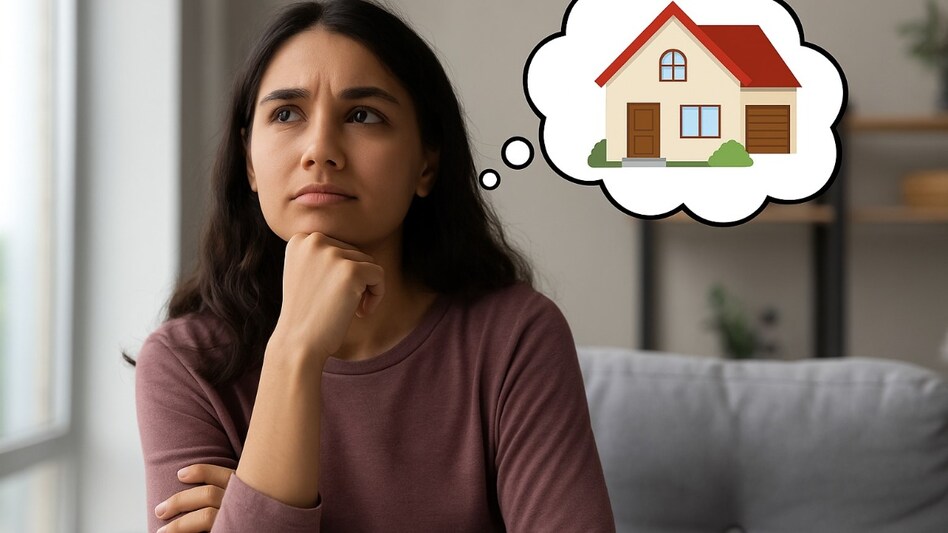 Approximately 82% of India’s taxpayers earn less than Rs 10 lakh a year, placing homeownership even further out of reach for the vast majority.
Approximately 82% of India’s taxpayers earn less than Rs 10 lakh a year, placing homeownership even further out of reach for the vast majority.
 Approximately 82% of India’s taxpayers earn less than Rs 10 lakh a year, placing homeownership even further out of reach for the vast majority.
Approximately 82% of India’s taxpayers earn less than Rs 10 lakh a year, placing homeownership even further out of reach for the vast majority.For millions of India’s middle-class families, the dream of owning a home has become painfully elusive. Rising property prices, stagnant salaries, and ballooning housing loans are forcing many to question whether homeownership will remain forever out of reach.
“People assume homeownership is a given for the middle class. But the numbers tell a starkly different story,” says Sanjay Kathuria, CFA, an independent financial strategist. “Even families with steady jobs and college degrees are finding that the math simply doesn’t add up anymore.”
Consider this grim reality: In cities like Mumbai, it would take a middle-class family an astonishing 109 years to save enough to buy a modest home. In Gurugram, it’s 64 years; in Kolkata, 39 years; and in Bengaluru, 36 years. These calculations are based on an average annual income of Rs 10.7 lakh and annual savings of ₹3.2 lakh, while average home prices hover around ₹3.54 crore in major urban markets.
“At that rate, even the top 5% of earners would struggle to afford a basic home in cities like Mumbai without relying on inherited wealth, dual incomes, or taking on significant debt,” Kathuria explains.
The situation becomes even more concerning when you look beyond the upper income brackets. Approximately 82% of India’s taxpayers earn less than ₹10 lakh a year, placing homeownership even further out of reach for the vast majority.
“This is not about bad financial decisions by individuals,” Kathuria stresses. “It’s about a system that has become disconnected from reality. Property prices have soared, but real wages have barely moved over the past decade.”
Housing loans in India have skyrocketed to ₹33.53 trillion as families stretch their finances to buy property. Many homebuyers are locking themselves into 25- or even 30-year loan tenures to keep monthly EMIs manageable. But Kathuria warns that this comes with significant risks.
“People are signing up for three-decade mortgages just to get a foot in the door,” he says. “But what happens if there’s a job loss, a health crisis, or interest rates rise again? The financial strain could be devastating.”
Simultaneously, broader economic pressures are eroding the middle class’s ability to save. Household savings are at a 50-year low, while inflation continues to erode purchasing power. The rise of automation in white-collar jobs is another looming threat.
“Waiting for a salary increase or a promotion to secure your financial future is no longer a viable strategy,” Kathuria cautions. “The middle class is under siege from multiple directions: stagnant wages, rising costs, and job insecurity.”
Kathuria believes that the solution lies in proactive financial planning and rethinking how individuals approach income and security. “It’s time to start acting like a founder,” he advises. “Market your skills, build additional income streams, and create your own safety net. Because if you’re not doing that, this economy simply isn’t built for you anymore.”
For India’s middle class, the challenge is now bigger than just buying a house—it’s about preserving financial stability in a system increasingly tilted against them. And unless structural changes occur in housing affordability and income growth, the dream of owning a home may remain just that—a dream.